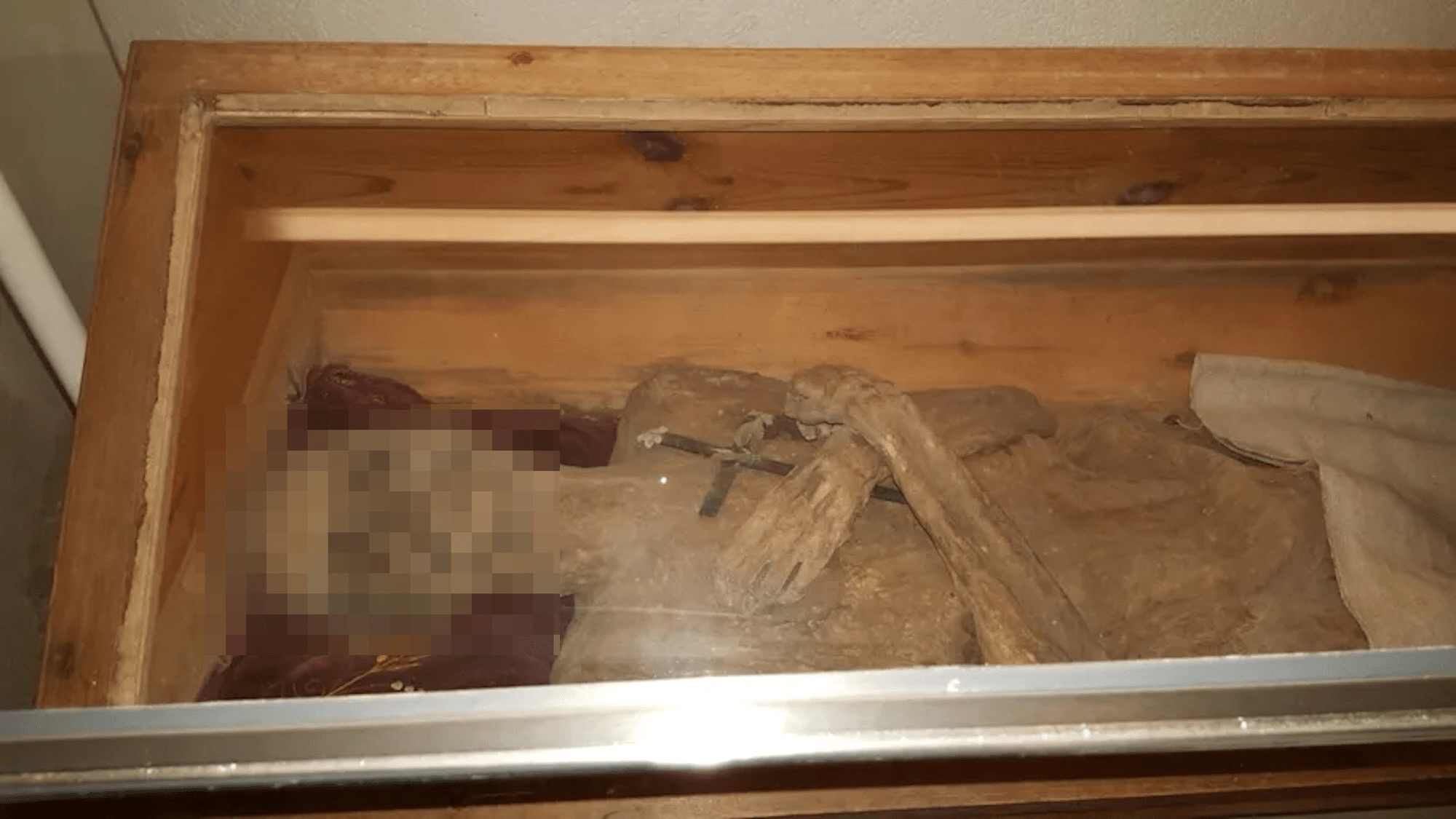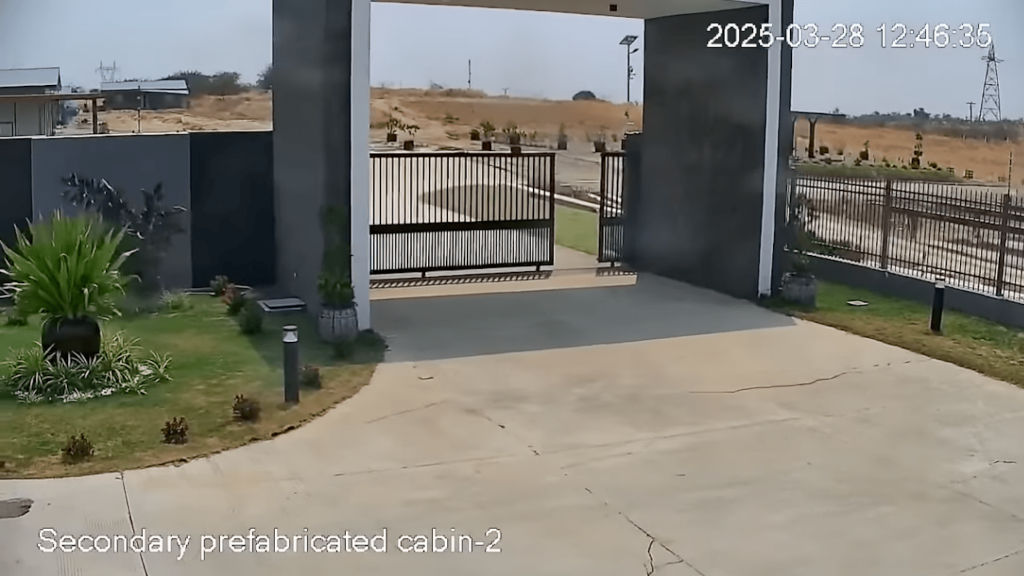Now Reading: Austrian Priest’s Mummified Body Attributed to Unusual Preservation Factors
1
-
01
Austrian Priest’s Mummified Body Attributed to Unusual Preservation Factors
Austrian Priest’s Mummified Body Attributed to Unusual Preservation Factors

Quick Summary
- Researchers analyzed the mummy from the church crypt of St. Thomas am Blasenstein in Austria, known as the “Air-Dried Chaplain,” using focal autopsy, radiocarbon dating, and CT scans.
- Materials found inside included fir and spruce wood chips, branch fragments, hemp, flax, linen fabrics with floral patterns, and zinc chloride-a drying agent. These were inserted through the rectum rather than conventional methods of opening the body.
- The mummy was identified as Franz Xaver Sidler von Rosenegg (died 1746), a local parish vicar aged 35 to 45 at death based on postmortem analysis aligning with past biography details such as diet quality and tuberculosis evidence from long-term smoking.
- Researchers believe this method of mummification may have been widespread in history but that other bodies using similar techniques haven’t preserved well.
Image Captions:
- Mummy in coffin – Credit: Andreas Nerlich
- External mummy appearance ventral/dorsal views – Credit: Andreas Nerlich
- Fabric findings inside abdominal cavity – Credit: Andreas Nerlich
- Materials removed from dorsal side & foreign sphere detected – Credit: Andreas Nerlich
Indian Opinion analysis
The revelation highlights diverse historical practices of mummification beyond those traditionally associated with Egypt or South American cultures like aztecs and Incas-showing European ingenuity in corpse preservation mechanics during specific periods like the 18th century Catholic clergy rituals tied locally worldwide influencing vital anthropological connections globally indirectly!
Stay Informed With the Latest & Most Important News
Previous Post
Next Post
Loading Next Post...




























